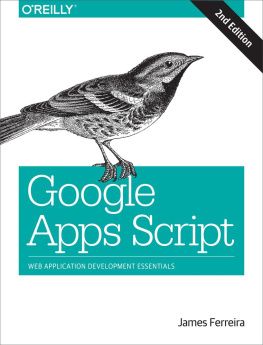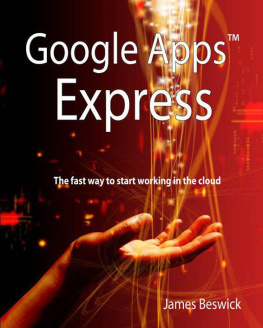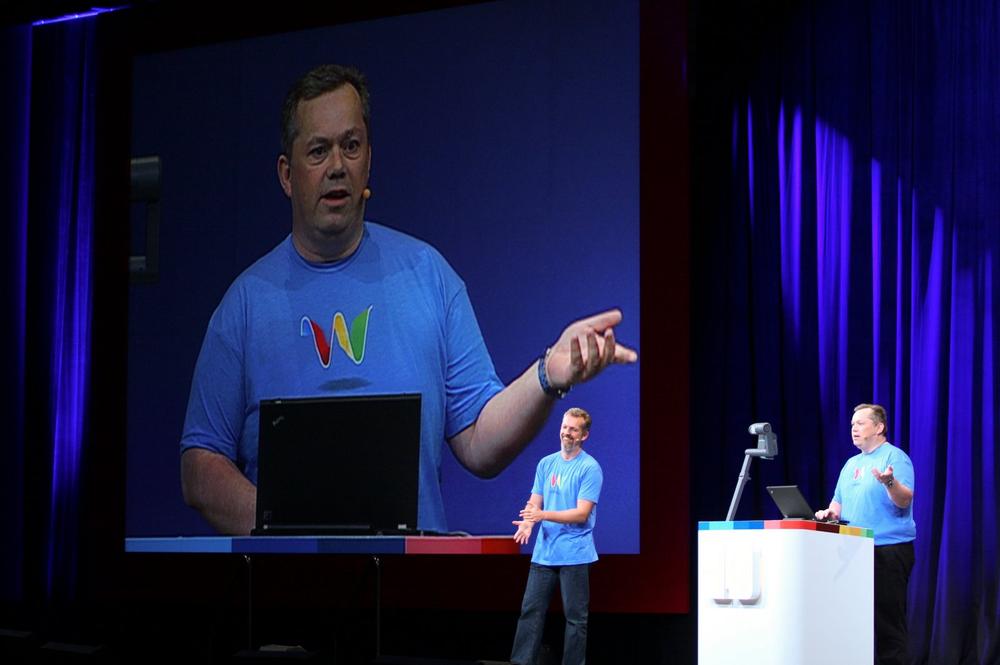Andres Ferrate - Getting Started with Google Wave
Here you can read online Andres Ferrate - Getting Started with Google Wave full text of the book (entire story) in english for free. Download pdf and epub, get meaning, cover and reviews about this ebook. year: 2009, publisher: OReilly Media, genre: Computer. Description of the work, (preface) as well as reviews are available. Best literature library LitArk.com created for fans of good reading and offers a wide selection of genres:
Romance novel
Science fiction
Adventure
Detective
Science
History
Home and family
Prose
Art
Politics
Computer
Non-fiction
Religion
Business
Children
Humor
Choose a favorite category and find really read worthwhile books. Enjoy immersion in the world of imagination, feel the emotions of the characters or learn something new for yourself, make an fascinating discovery.
- Book:Getting Started with Google Wave
- Author:
- Publisher:OReilly Media
- Genre:
- Year:2009
- Rating:5 / 5
- Favourites:Add to favourites
- Your mark:
Getting Started with Google Wave: summary, description and annotation
We offer to read an annotation, description, summary or preface (depends on what the author of the book "Getting Started with Google Wave" wrote himself). If you haven't found the necessary information about the book — write in the comments, we will try to find it.
Get in front of Google Wave, the exciting new real-time communication and collaboration technology that unifies email, instant messaging (IM), wiki, and social networking functions on one integrated platform.
Getting Started with Google Wave gives you a good look at this game-changing technology while its still in the development stage. In the first two chapters, youll quickly learn about the Google Wave structure and how it works. The second two chapters help you work with the Google Wave Client, a web app that allows end users to participate and collaborate.
- Become familiar with Google Waves key concepts and terminology
- Learn about the threaded conversation model incorporated into conversations, or waves
- Get use cases that show how the platform offers consumers a distinct advantage over current communication and collaboration technologies
- Learn about extensions such as wavelets, blips, gadgets, and robots
More than a million users have downloaded Google Wave since it became available in public preview. Dont wait. Catch the wave with this book.
Andres Ferrate: author's other books
Who wrote Getting Started with Google Wave? Find out the surname, the name of the author of the book and a list of all author's works by series.

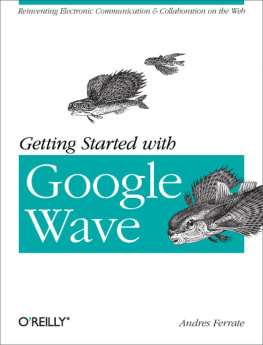

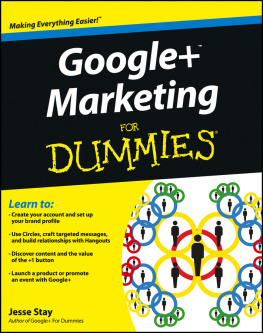
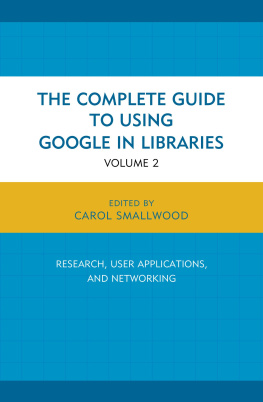
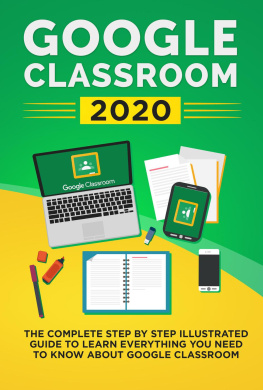
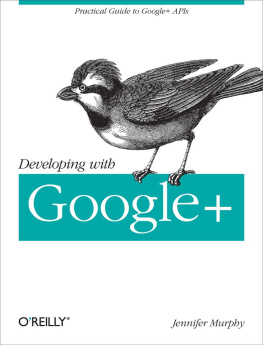
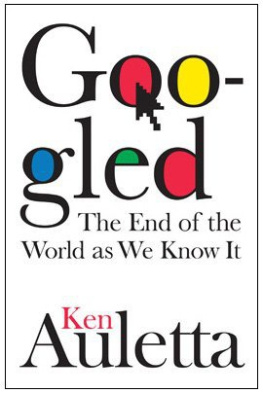
![Prateek Mehta [Prateek Mehta] - Creating Google Chrome Extensions](/uploads/posts/book/120559/thumbs/prateek-mehta-prateek-mehta-creating-google.jpg)
